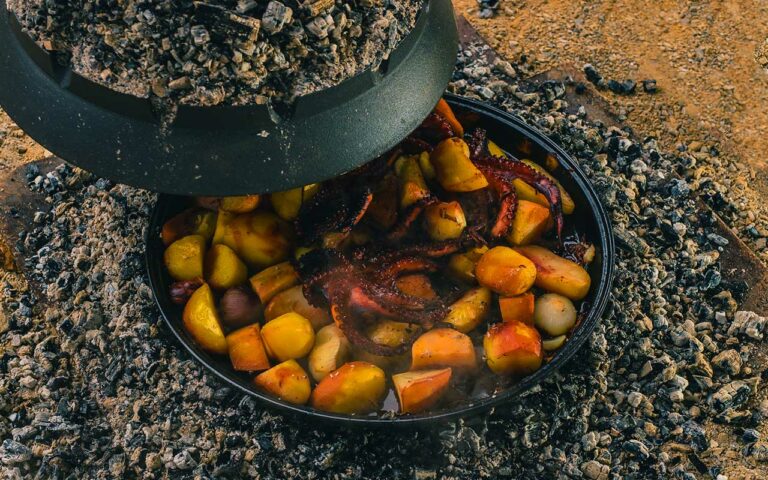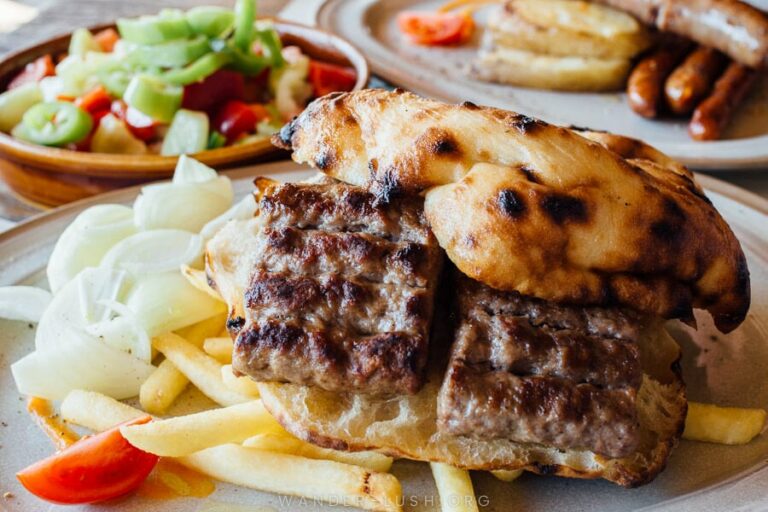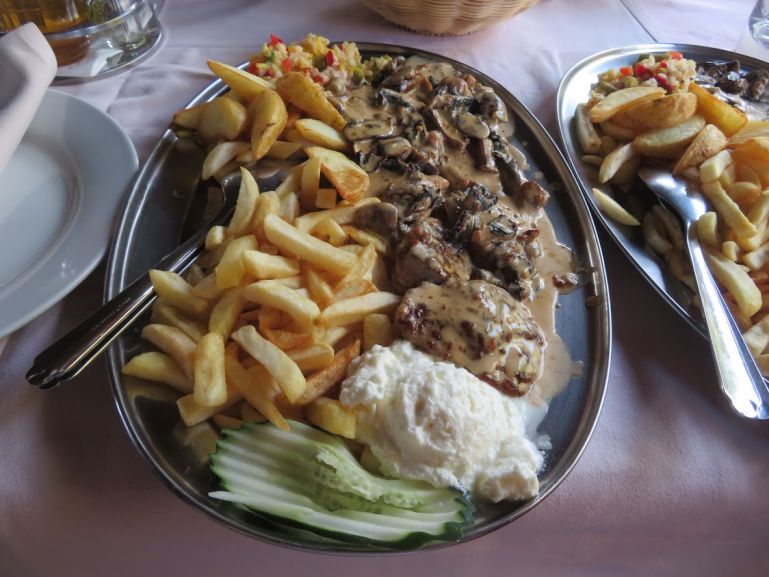Introduction: Bosnian Cuisine
Bosnian cuisine is a mix of different cultural influences. It is heavily influenced by the Ottoman and Austro-Hungarian empires, as well as by the neighboring countries in the Balkans. The cuisine is known for its rich flavors, unique use of spices, and hearty meat dishes.
Balkan Food and its History
Balkan cuisine is a reflection of the region’s turbulent history. The Ottoman Empire, which ruled the Balkans for centuries, brought a wide range of dishes and ingredients to the region. Later, the Austro-Hungarian Empire also left its mark on the cuisine, contributing dishes such as schnitzel, goulash, and strudel.
Islamic Influence in Bosnian Cuisine
Bosnian cuisine has a strong Islamic influence, which manifests in the use of halal meat and the absence of pork. The Islamic dietary laws are observed by the majority of Bosnian Muslims, who form the largest religious group in the country. However, Bosnian cuisine is also characterized by its diversity, and non-Muslims and tourists can find pork dishes in some Bosnian restaurants.
Traditional Bosnian Dishes
Some of the most traditional Bosnian dishes include cevapi, a type of grilled meat served with flatbread and onions; burek, a savory pastry filled with meat, cheese, or vegetables; and dolma, stuffed vegetables usually filled with a combination of rice and meat.
Ingredients Used in Bosnian Cuisine
Bosnian cuisine relies heavily on meat, especially lamb, beef, and chicken. Dairy products, such as cheese and yogurt, are also common. Vegetables, including peppers, eggplants, and tomatoes, are used extensively in Bosnian cooking, as are various grains, such as rice and bulgur. Spices, such as paprika, cumin, and oregano, are a crucial component of Bosnian cuisine.
Dietary Restrictions in Bosnian Cuisine
As mentioned, Bosnian cuisine is halal, which means that pork is not used in most traditional dishes. However, there are no other major dietary restrictions in Bosnian cuisine. Those who follow a vegetarian, vegan, or gluten-free diet may struggle to find suitable options in some traditional Bosnian restaurants, but there are plenty of modern restaurants that cater to these dietary requirements.
Gluten-Free Options in Bosnian Cuisine
Gluten-free options are becoming more common in Bosnian cuisine. One of the most popular gluten-free dishes is sarma, which is a type of stuffed cabbage roll. The filling usually consists of rice, meat, and spices. Other gluten-free options include grilled meats and vegetables, and salads.
Vegetarian and Vegan Options in Bosnian Cuisine
Vegetarian and vegan options are somewhat limited in traditional Bosnian cuisine, as meat and dairy products are used in many dishes. However, there are some vegetarian and vegan dishes, such as ajvar, a roasted red pepper spread, or prebranac, a bean stew. In recent years, vegetarian and vegan restaurants have also become more common in major cities such as Sarajevo.

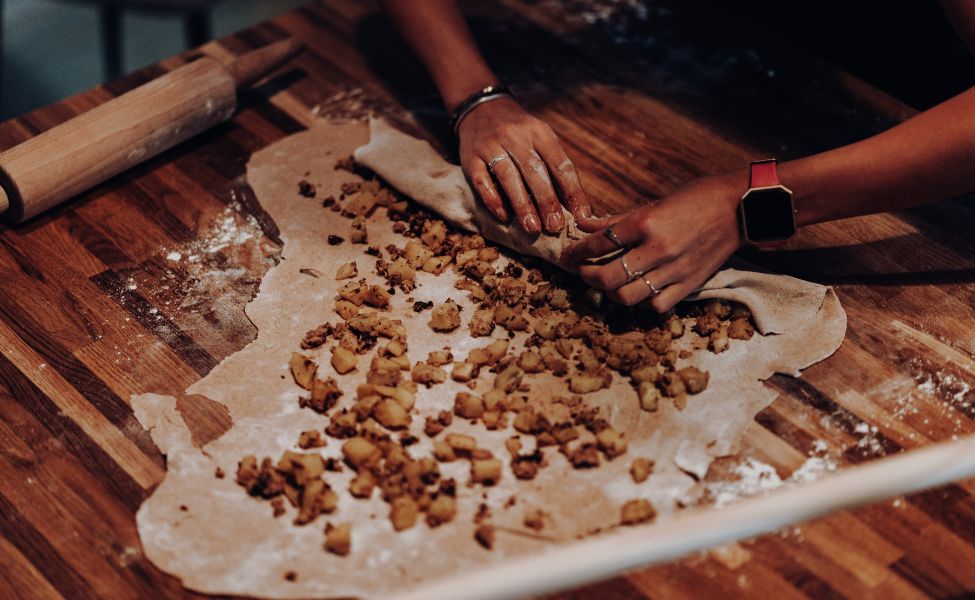
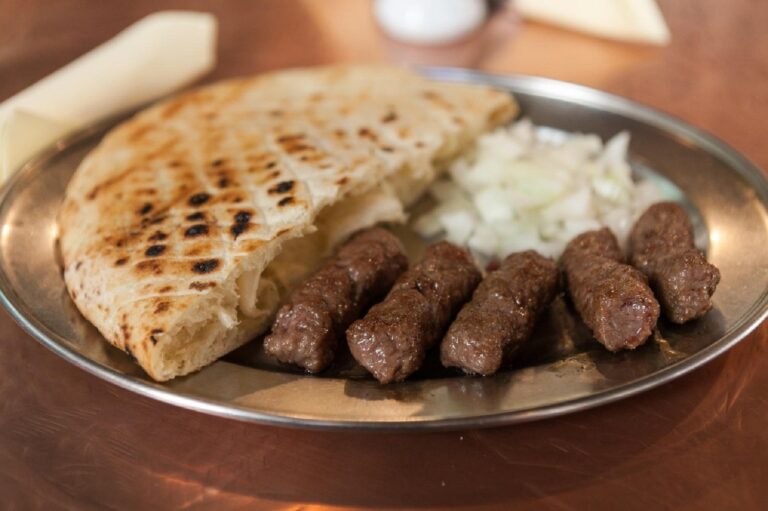
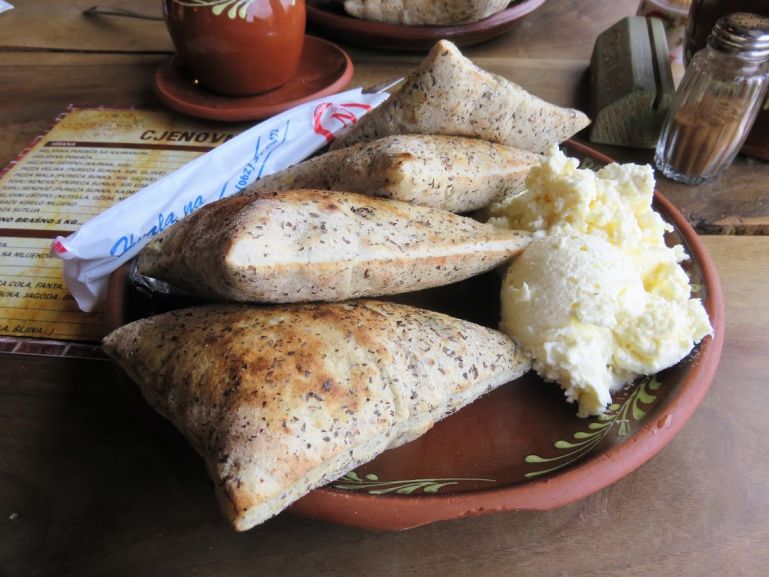
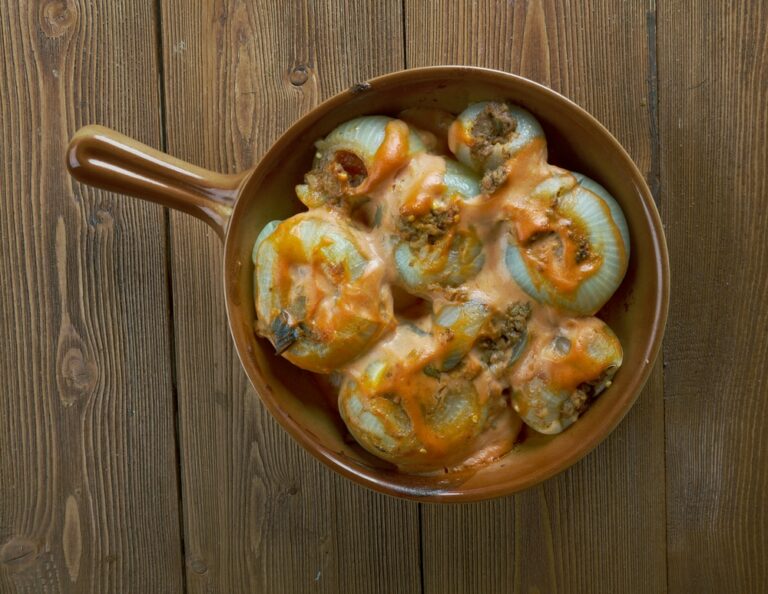
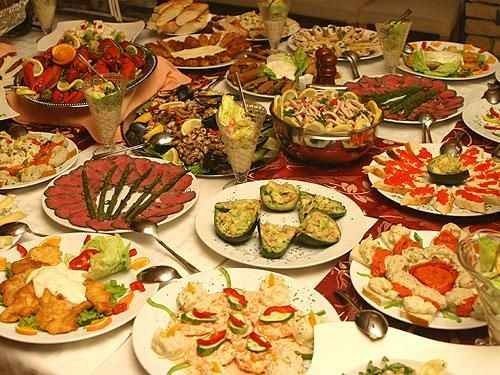
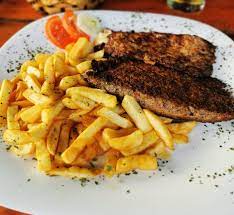
![Can you recommend some Bosnian restaurants in [city]?](https://foodnerdy.com/blog/wp-content/uploads/2023/05/sogan-G_7324-500x375-1.jpg)
